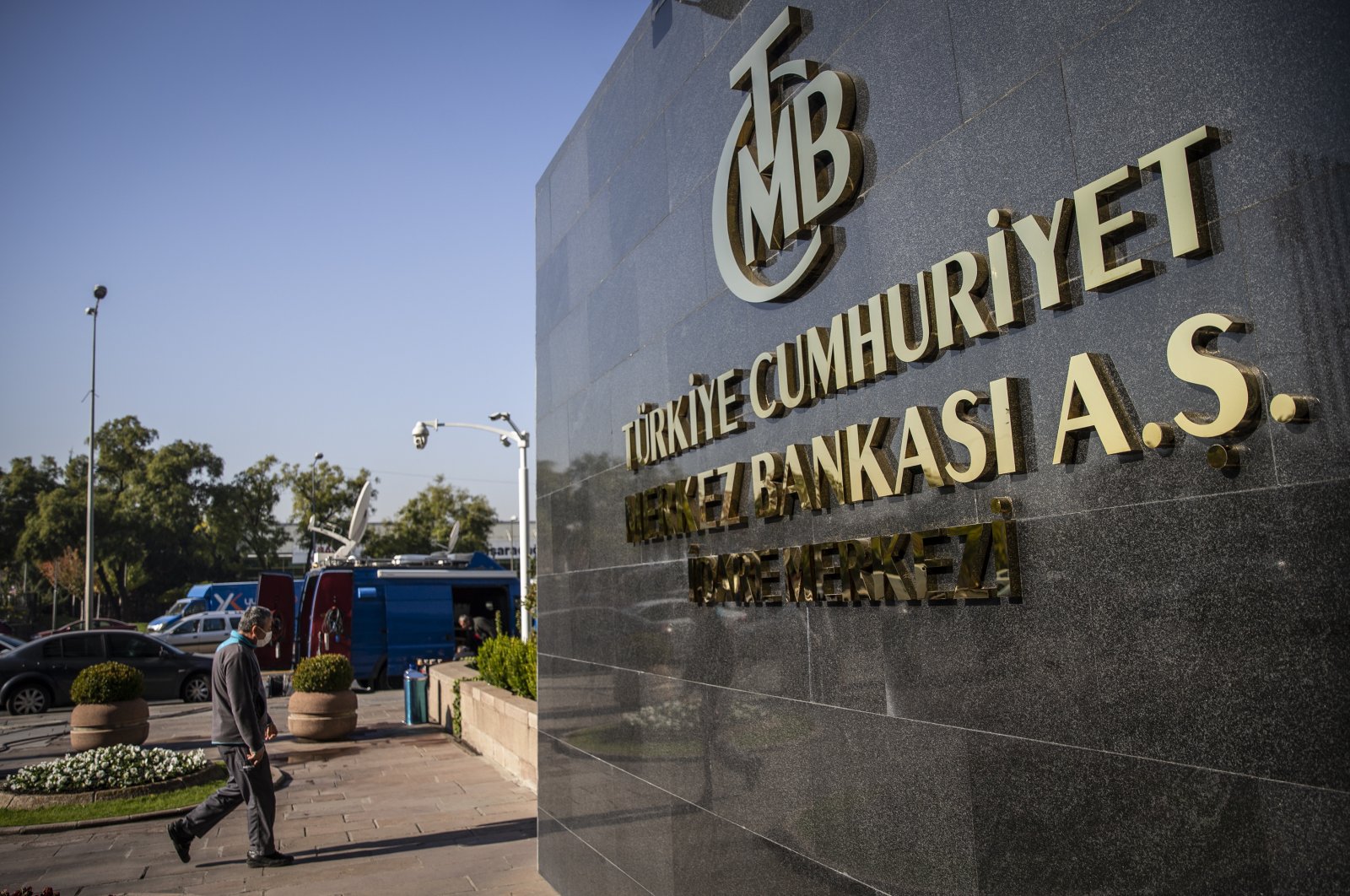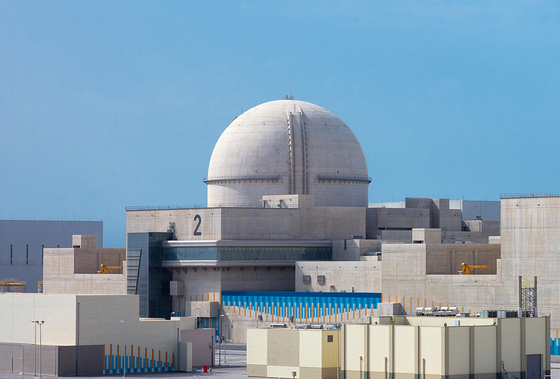Are rate cuts closer as Turkish central bank softens tightening bias
Türkiye’s central bank has signaled potential rate hikes are not on the agenda anymore and that an easing cycle could be getting closer, amid recent geopolitical tensions that are dampening optimism for emerging markets.
The Central Bank of the Republic of Türkiye (CBRT) held its main interest rate steady at 50% for a sixth straight month on Thursday, saying it remained highly attentive to inflation risks but dropped a reference to potential tightening.
The wording change provided the first guidance signaling that rate cuts will eventually come, as the bank said, “monetary policy tools will be used effectively in case a significant and persistent deterioration in inflation is foreseen.”
In previous statements, the bank had said its policy stance would be “tightened” if such a deterioration in inflation is foreseen.
“This softening in tone indicates that the bank now holds a preference for relying on the effective use of policy tools,” said the Dutch banking giant ING.
The Turkish lira continued to trade in a narrow range around 34 against the U.S. dollar on Friday.
Analysts have noted a growing risk appetite in emerging markets after the Federal Reserve (Fed) took a pivotal stance on monetary policy earlier in the week.
The American central bank kicked off its easing cycle with a large but expected 50-basis-point cut and assured that more were on the way. It also projected a period of steady economic growth and low unemployment and inflation.
However, the positive sentiment is being overshadowed by escalating geopolitical risks.
Cutting cycle
Economists say the absence of the “tightening” reference in the CBRT’s statement, despite maintaining emphasis on inflation risks, could indicate that rate cuts may be discussed based on fourth quarter economic data.
Some economists believe that a rate cut could occur as early as November, while others argue that it might be more prudent to wait until 2024.
The last time the bank raised its one-week repo rate was in March, when it hiked by 500 basis points to round off an aggressive tightening cycle that started in June last year.
Since then, it had kept the key rate on hold while pledging to tighten further if the outlook worsens. The latest Reuters poll showed analysts expect the bank to make its first rate cut around November.
The poll showed it could move as soon as October or as late as next year and it is seen lowering the rate by more than 20 percentage points by the end of 2025.
Andrew Birch, economics associate director at S&P Global Market Intelligence, said “success in its disinflation plan to date lessens the pressure for the bank to begin rate cuts ahead of its own timetable.”
He said their baseline assumption remained that the bank will begin a “cautious cutting cycle” in December.
Given that the relatively stable currency and normalization in domestic demand should support a decline in the underlying inflation trend in the remainder of this year, ING analysts said they continue to see room for the bank to cut in November or December, depending on the data.
The CBRT’s next critical steps will likely depend on October inflation data, which will be released in early November.
That will be followed by the bank’s final inflation report on Nov. 8 and the Monetary Policy Committee (MPC) meeting on Nov. 21.
Annual inflation dipped below 52% in August, compared to its peak of 75% this May. The government forecasts it will fall below 42% by year-end.
With inflation and borrowing costs expected to decline next year, some banks have already begun lowering long-term loan and deposit rates, anticipating the shift in monetary policy.
Overnight interest rates have fallen to some 47.4% from 53% in the last 10 days due to excess liquidity after a sharp rise in central bank foreign exchange reserves.
Separate data on Friday showed consumer confidence index rose 2.4% in September to touch its highest level in four months.
Geopolitical tensions weigh
The recent rise in geopolitical risks, particularly due to escalating fighting between Israel and Hezbollah, is another factor affecting market sentiment.
Hostilities rumbled on at the Lebanese-Israeli border on Friday, following Israel’s most intense airstrikes in nearly a year of conflict with Hezbollah.
Ignited by the Gaza war, the conflict has intensified significantly this week, with Hezbollah suffering an unprecedented attack in which pagers and walkie talkies used by its members exploded, killing 37 people and wounding thousands.
Global markets outlook
Despite geopolitical turbulence, Asian markets continued their rally on Friday, buoyed by expectations of future rate cuts by the Fed.
Markets imply a 40% chance the Fed will cut by another 50 basis points in November and have 73 basis points priced in by year-end. Rates are seen at 2.83% by the end of 2025, which is now thought to be the Fed’s estimate of neutral.
The central bank also projected a period of steady economic growth and low unemployment and inflation.
World stocks hovered near record highs on Friday, underpinned by the Fed rate cut, while the yen eased after Bank of Japan (BOJ) Governor Kazuo Ueda tempered expectations around imminent rate hikes.
Ueda’s remarks came after the BOJ kept interest rates steady in a widely expected move.
In China, the central bank kept its benchmark lending rates on hold, countering expectations for a move lower.
Overnight, Wall Street finally had the time to digest the Fed’s first rate cut. With more easing to come, investors are wagering on continued U.S. economic growth and better-than-expected jobless claims data added to the view that the labor market remained healthy.
Commodities also held on to their weekly gains. Gold touched a fresh record high at $2,610.10 an ounce and oil prices were set for their second straight week of gain.
Brent futures slipped 0.3% to $74.67 a barrel, but are still up 4.6% this week.





